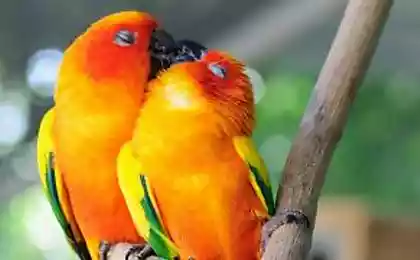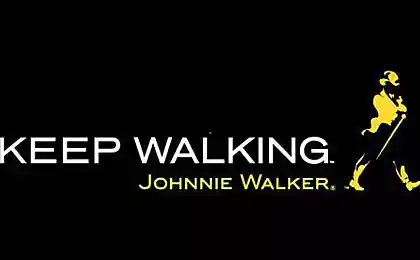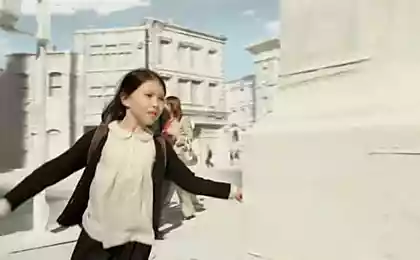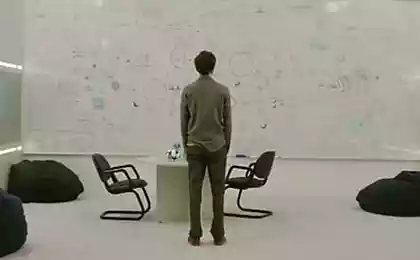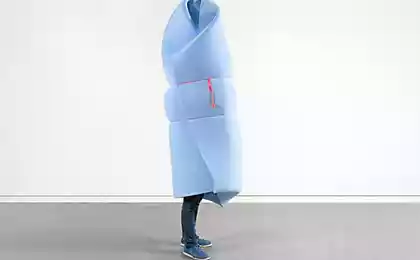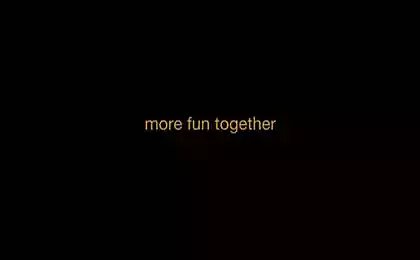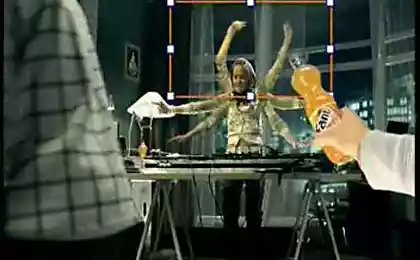267
Animation video: the whole process from idea to result
A video production studio explains how animated videos are developed.
Ordering an animation video: from idea to result
Video marketing has become an integral part of any advertising campaign. Therefore, the question increasingly arises of how, where and what kind of video to order.
We invited the team from the Videohunter video production studio to talk about how to choose the right video format and draw up technical specifications for it.
How an animated video is developed: step-by-step plan
Idea

Of course, as in any creative process, the idea is at the forefront of everything. There are two cases:
At the stage of developing an idea, a market analysis, identification of the target audience, and analysis of competitors’ videos are carried out. All this must be taken into account to create an effective video.
Defining the video format
Once the concept has been agreed upon, you need to decide on the type of video. There are three main types, each of which has its own purpose:
Video development
This is where the main part begins, in which the client no longer participates. Let's take a closer look at the stages a video goes through inside a video production studio to become a full-fledged marketing tool.

This concludes the video production process. It remains to be exported and transferred to the client for further distribution on various video hosting sites.
Ordering an animation video: from idea to result
Video marketing has become an integral part of any advertising campaign. Therefore, the question increasingly arises of how, where and what kind of video to order.
We invited the team from the Videohunter video production studio to talk about how to choose the right video format and draw up technical specifications for it.
How an animated video is developed: step-by-step plan
Idea

Of course, as in any creative process, the idea is at the forefront of everything. There are two cases:
- A client comes to our studio with a ready-made idea for a video. He clearly knows what goals he wants them to achieve, what can be shown in the video and how it should be implemented. Some even have a script already written. All we have to do is collect ideas into a clear brief and get to work. This is an ideal, slightly utopian option. There are very few such clients, so if you don’t have any ideas yet, don’t worry!
- The client comes with a rough understanding of what he wants, but without specifics . For such a case, we have prepared a number of questions, the answers to which lead to an understanding of the basic concept of the future video. As a rule, the client answers them without difficulty, and then the matter is left to the studio. We develop a detailed concept, write a script, agree with the customer and begin implementation. Therefore, if you don’t have a clear understanding of what you want from the video, don’t worry!
At the stage of developing an idea, a market analysis, identification of the target audience, and analysis of competitors’ videos are carried out. All this must be taken into account to create an effective video.
Defining the video format
Once the concept has been agreed upon, you need to decide on the type of video. There are three main types, each of which has its own purpose:
- Commercials . This is our usual video advertising format. It is used when you need to promote a product. Video advertising can be implemented in various techniques, for example: doodle video, hand-drawn video, vector animation, 3D visualization, etc. The choice of technique will depend primarily on the goals of the future video.
- Corporate films . This format is used when you need to tell the viewer about the company as a whole. Show its mission, values, introduce clients to the staff. Such videos have a very good effect on customer loyalty and their level of trust in the brand.
- Explainers . These videos are created when you need to explain something. They are often required by companies that produce technological products, the operating principles of which are difficult for the average person to understand. This includes video infographics, presentations, screencasts, etc. In general, Explainers are used either as an alternative to textual instructions or as a way to present complex data in a simple and visual way.
Video development
This is where the main part begins, in which the client no longer participates. Let's take a closer look at the stages a video goes through inside a video production studio to become a full-fledged marketing tool.

- Storyboard . This is an integral stage in the process of creating a video. Based on the script, specialists create sketches of the main shots and note key features. For example: character movement, animation, subtitles.
- Drawing illustrations . In the case when we are talking about vector animation, after the storyboard, illustrators sit down to create key frames. They are developed in special programs for vector illustration. Also at this stage, characters are drawn if they participate in the video. If we create, for example, 3D visualization, then instead of an illustrator, a 3D graphics specialist works and develops models that will participate in the video.
- Animation . The most interesting stage of the whole process is bringing static objects to life. All previously created elements are imported into the animation and editing program, where the magic happens. Animators set the trajectories of movement of objects, dictate the rules of the world that is created inside the video.
- Installation . After everything on the screen has come to life and is in motion, it is time to assemble all the pieces into a coherent composition, a single video sequence. This is where the editor comes into play. At the same stage, special effects are added to the video to complement the visual image.
- Voice acting . In fact, not a single video is complete without a voice-over, since the viewer better perceives information presented simultaneously through two channels of perception. An announcer works here and pronounces the text pre-written in the script.
This concludes the video production process. It remains to be exported and transferred to the client for further distribution on various video hosting sites.
When I leave the house for a few days, I leave the vacuum cleaner in the middle of the room, and you will, too, if you know why.
At the farewell to Irina Miroshnichenko sounded a lot of good, who attended the ceremony and what remembered the friends of the actress

